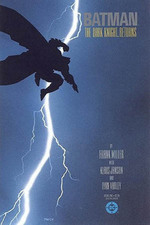![]() I know you still don’t care about my fantasy football team, but it’s still my blog. So I’ll write about my team if I want to. Actually, now it’s TEAMS, plural.
I know you still don’t care about my fantasy football team, but it’s still my blog. So I’ll write about my team if I want to. Actually, now it’s TEAMS, plural.
I’ll spare the front page though. The short story is I went 2 out of 3. And I’ve got a fourth team in a league I forgot about. The draft was today! More details on how my fledgling fantasy empire is faring after the break.
So the original Doom Patrol is my entry in an office league that’s been going for the three seasons I’ve been with my company. The scoring rules essentially haven’t changed over that period of time.
Feeling my fantasy oats, I was interested in checking out different sized leagues and different scoring regimes. Enter the public fantasy football leagues on Yahoo!, ESPN, and NFL.com.
I probably went a little overboard, adding three new teams to draft for and manage, but I learned a couple of things. There are a LOT of leagues out there, and that’s only the ones I could see. Not sure there’s a lot of owners, since folks can and do sign up for multiple leagues, but there’s a sizable market here. I like the ESPN draft interface and game tracker the best. The Yahoo! drag and drop roster management is pretty cool. I’m not sure NFL.com really has much to recommend it.
As to the results. The ur-Doom Patrol won handily and had the third highest score out of 14 teams. Having Drew Brees and Randy Moss will do that for you. Next up is a “critical” early season contest. I face the highest scoring team from this past week. The winner could have a pretty good leg up on securing a playoff spot. Plus they get to talk a lot of office smack.
Doom Patrol Beta, my Yahoo! public league team, rallied late to win comfortably. Similarly, this team had the league’s third highest score. My opponent had a bunch of Steelers who played Thursday and played well. Meanwhile, a number of my players played Sunday and Monday night.
Let’s not talk about Justice Society, my ESPN league team. For that team I wound up with the 6th out of 10 picks in the draft, arguably the worst draft spot of all. And it showed. I got smoked by 50 points. This team has a lot of second tier stars. Two of my best bets, Jay Cutler and Houston’s Andre Johnson, completely failed me. There’s hope for this team, but it’s going to be a struggle all season.
The New Mutants drafted 9th out of 12. Not great, but not horrible. I managed to pick Tom Brady, Marion Barber, and a bunch of #2 receivers. Plus a bunch of owners were on auto draft, which means I got another steal or two.
All in all, I’m glad I added a couple of extra leagues, although I may have overdone it a little bit. So far my draft acumen has probably demonstrated a marginal positive effect. The real fun begins when I try to pick up a few waiver wire steals to make up for some obvious holes on the various teams.
 Looks like Apple is giving
Looks like Apple is giving 


 So Snow Leopard wasn’t supposed to break things, although of course a few items would get jostled along the way.
So Snow Leopard wasn’t supposed to break things, although of course a few items would get jostled along the way.
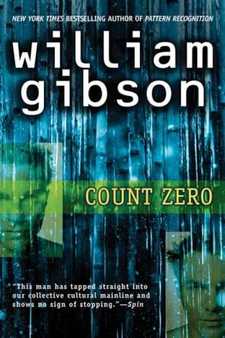

 Learn something new every day. In MacOS X, if you click on the little AirPort menubar item while holding down the Option key, you get a ton more information about the network you’re connected to. That’s my home wireless basestation to the left over there. Hover over unconnected networks, wait a few seconds, and you’ll get more info as a tooltip.
Learn something new every day. In MacOS X, if you click on the little AirPort menubar item while holding down the Option key, you get a ton more information about the network you’re connected to. That’s my home wireless basestation to the left over there. Hover over unconnected networks, wait a few seconds, and you’ll get more info as a tooltip.
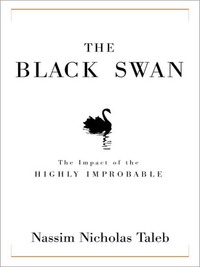

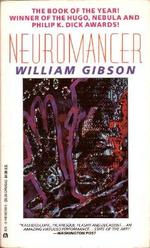 After reading
After reading 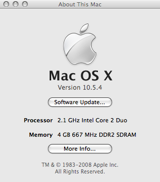 The
The 

